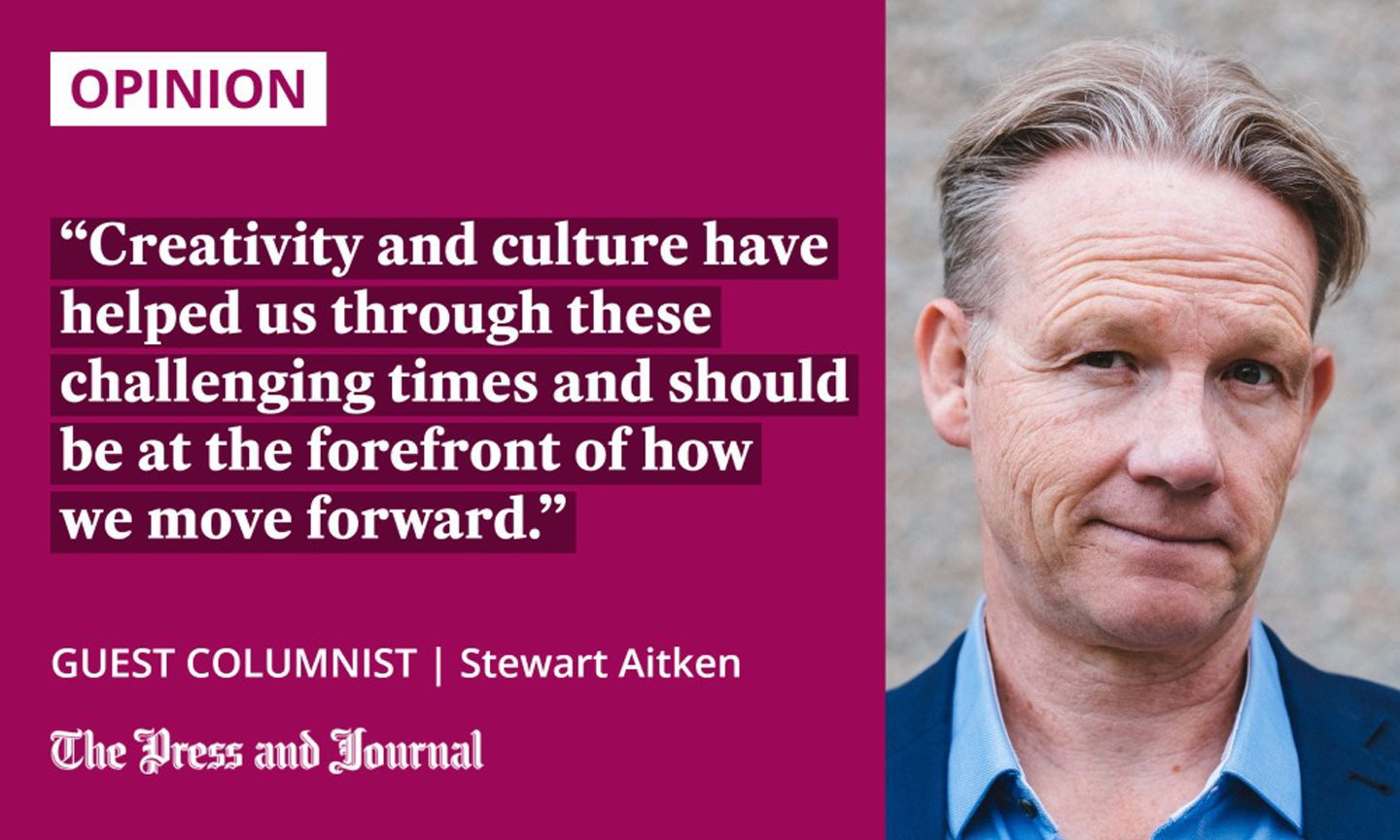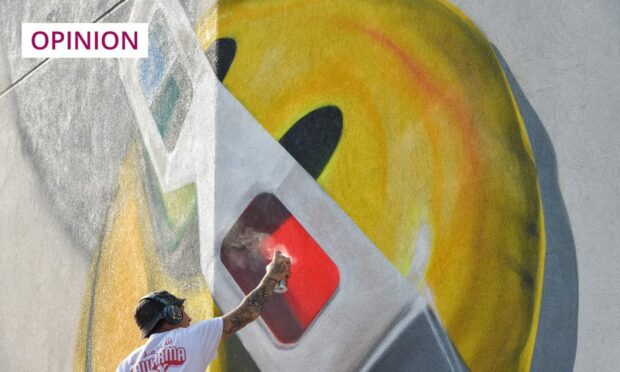Using creative and artistic tools to engage with many areas of society is not a new idea.
Youth groups, health initiatives and education programmes have used, and continue to invest in, creativity to engage participants and explore topics.
During the last two years, more people have engaged in their own creative pursuits, highlighting the importance of the sector and, hopefully, prompting a greater understanding of the need to invest in this work. Making and baking, walking and talking, writing and playing have all supported mental wellness and combatted isolation.

Creativity and culture have helped us through these challenging times and should be at the forefront of how we move forward in education, health challenges, urban regeneration, changing population demographics and social connections. Adding creativity and culture to community collaboration will enable more imaginative and innovative ways to tackle, together, the many obstacles still facing us all.
New ideas and directions
Culture Collective Scotland is part of the national Covid recovery programme, supported by the Scottish Government and funded through Creative Scotland. The project is made up of 26 “culture collectives” across the country, with the aim to support artists and creative practitioners to work in co-design and co-creation methods with community groups. Together, they will explore challenges as well as new directions and ideas that will aid the transition out of the pandemic, where many issues were exacerbated and more acutely experienced.
The 30-month NECC initiative comes with an award of just over £500,000 to support co-designed partnerships with communities
In Aberdeen and Aberdeenshire there are three culture collectives, including the North East Culture Collective (NECC). This group brings together more than 30 partners who make up Culture Aberdeen, promoting and advocating for culture in the city and wider region.
📢North East Culture Collective (NECC) is seeking a film and/or animation practitioner to facilitate sharing and telling stories through co-creation with diverse community groups in a range of settings.
⏳Apply here by midnight on Sunday 12th June 2022: https://t.co/3NOLnNyuJN pic.twitter.com/0wWVYWeCLo— Film Access Scotland (@FilmAccess_Scot) May 25, 2022
The NECC is managed by Station House Media Unit (shmu), who have been using media and creativity to support work within the regeneration areas of the city and shire, collaborating with other sectors for nearly two decades, with much success.
The 30-month NECC initiative comes with an award of just over £500,000 to support co-designed partnerships with communities, and this work is being aligned to Aberdeen city’s community planning priorities.
The NECC has a call for practitioners to work in partnership with organisations in schools, addiction services and the justice system, supporting better health and wellbeing with New Scots and with young people in challenging situations.
Creative practitioners will be engaged for at least six months and will build upon their knowledge and expertise through a continuing professional development (CPD) programme that is designed to further embed creativity, co-design and participatory arts practice into the longer-term planning for our own and other sectors.
Stewart Aitken is coordinator for the North East Culture Collective

Conversation